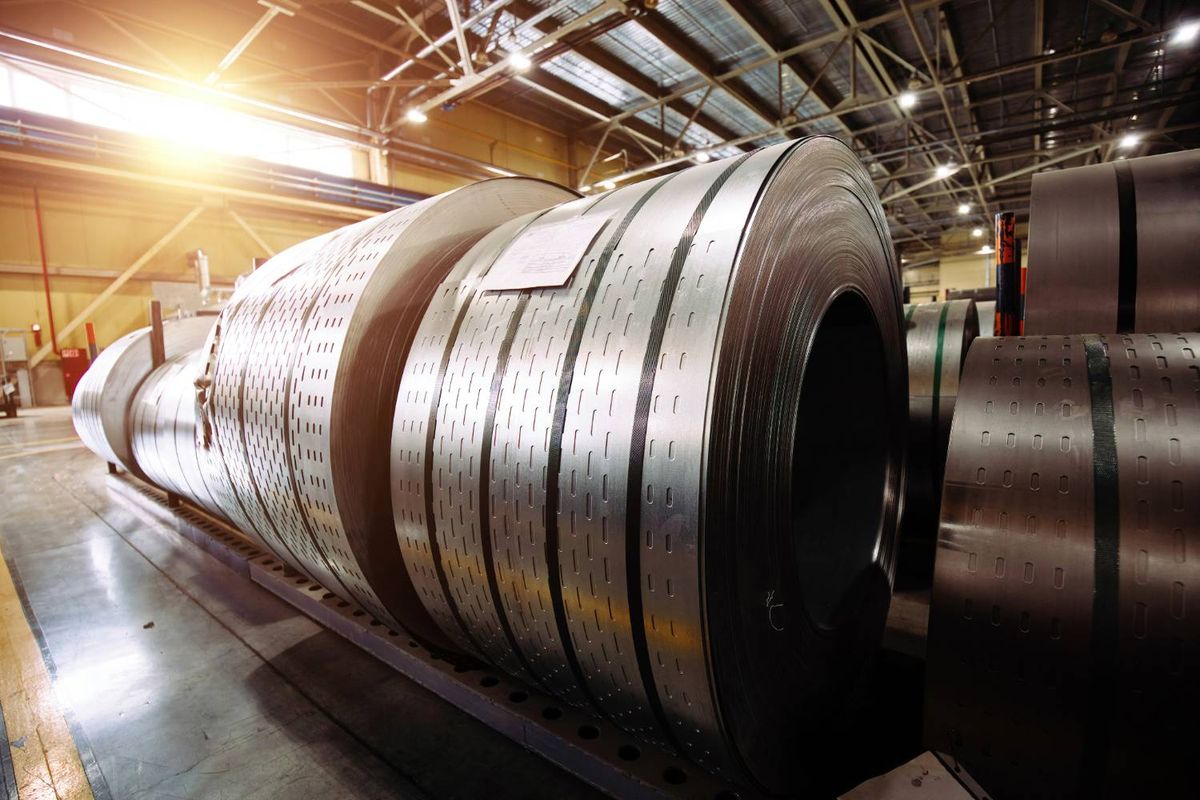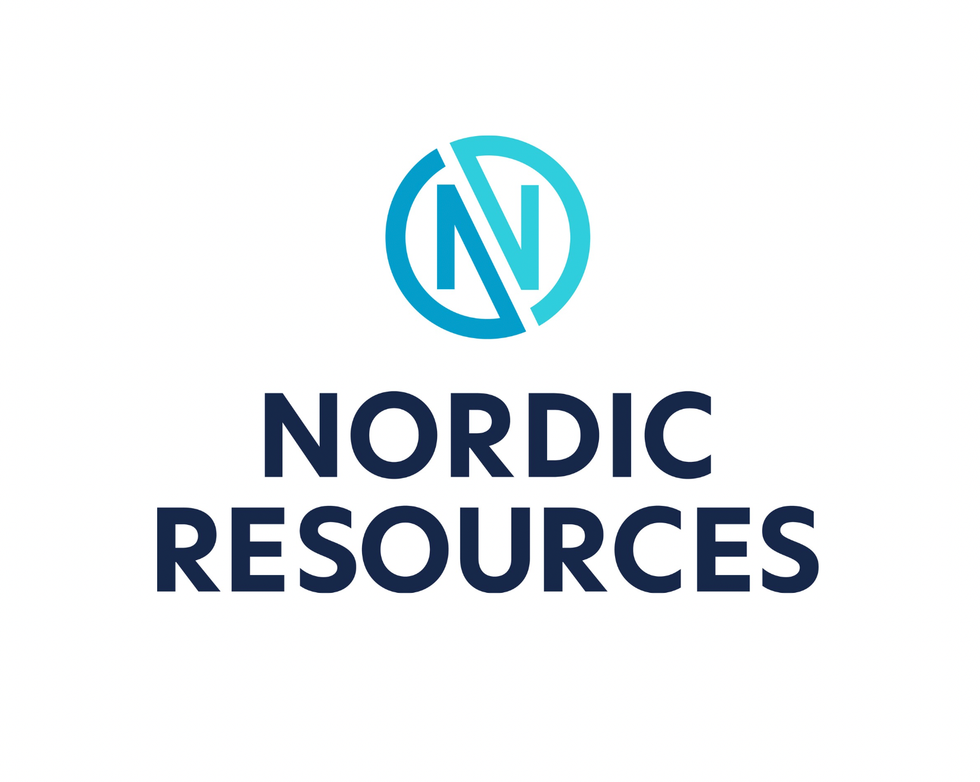Nickel Price Forecast: Top Trends for Nickel in 2026
Nickel is expected to remain in oversupply through 2026 on the back of high output from Indonesia and soft demand from the manufacturing and battery segments.

Nickel prices were stagnant in 2025, trading around US$15,000 per metric ton (MT) for much of the year.
Weighing heavily on the metal was persistent oversupply from Indonesian operations.
Meanwhile, sentiment remained weak amid soft demand growth from the construction and manufacturing sectors, and declining interest in nickel as electric vehicle (EV) battery makers began to eye cheaper chemistries.
Nickel supply in 2026
The big question going into the new year is if nickel supply and demand will come into balance.
The most significant contributing factor for nickel's performance over the last several years has been an abundance of supply from Indonesia, which is the world’s top nickel producer.
The US Geological Survey estimates that full-year 2024 nickel production came in at 2.2 million MT, a staggering increase over the 800,000 MT it believes the nation produced in 2019.
In February 2025, the Indonesian government changed its quota system, effectively increasing nickel ore output to 298.5 million wet metric tons (WMT) from 271 million WMT in 2024. At the time, it said the increased production capacity was being limited to major production areas and was designed to reduce supply pressures.
The increase helped drive the amount of nickel sitting in exchange warehouses. Stockpiles at the London Metal Exchange (LME) had risen to 254,364 MT by the end of November, up from 164,028 MT at the start of 2025.
Meanwhile, the nickel price sank to US$14,295, toward the lower end of profitability for low-cost Indonesian miners.
The profitability question has raised the possibility of cuts — according to Shanghai Metal Market, the Indonesian government is proposing to cut nickel ore output to around 250 million MT in 2026. If the reduction comes to pass, it would mark a significant decline from the 379 million WMT laid out by Indonesia in 2025. Discussions on the final amount are ongoing, and the outlet states that it will be some time before the target is finalized.
In an email to the Investing News Network (INN), Ewa Manthey, commodities strategist at ING, said she still sees Indonesia holding off on cuts for now, with few changes coming to the nickel market in 2026.
“The global market is still forecast to remain in surplus — around 261,000 MT in 2026 — so further cuts would need to be significant to alter fundamentals,” she explained.
Additionally, there could be a wait-and-see approach as other new policies adopted by the Indonesian government in 2025 begin to take hold. The first, introduced in April, saw a shift from a flat 10 percent royalty to a more dynamic rate of 14 to 18 percent, depending on nickel prices. The second came in October, when the government cut the validity period of mining licenses from three years to one, giving the government greater oversight of production levels.
In data provided to INN by Natalie Scott-Gray, senior metals analyst at StoneX, Indonesian officials indicated in 2024 that nickel prices should be held between two key points: US$18,000 at the top end to avoid negative impacts from the growing EV market, and around US$15,000 at the bottom end to not force cutbacks at Indonesian smelters.
These prices, however, aren’t supportive of western producers, which began curtailing operations in 2024 when the LME average price was US$16,812 and reached US$21,000 in May of that year.
Manthey suggested that to get back to that range, there needs to be a more coordinated approach to constraining nickel supply, and it may not make an immediate difference.
“To push prices to that range, cuts would need to be deep enough to erase most of the projected surplus. Given the scale — hundreds of thousands of MT — this seems unlikely without coordinated action. Even then, investor sentiment would probably require sustained prices above US$20,000 to materially improve producer attractiveness,” she said.
Nickel demand in 2026
The challenges faced by nickel go beyond oversupply; demand growth for the base metal is also soft.
Nickel’s primary use case is in the production of stainless steel, much of it destined for the Chinese housing market, which has yet to recover from its collapse in 2020.
While the Chinese government tried to stabilize its housing market in 2024 and earlier in 2025, it has done little to reverse the downward trend. According to a CNBC report, November sales were down 36 percent from the same period in 2024, and declined 19 percent through the first 11 months of the year.
“China’s property sector weakness has weighed on stainless steel demand, which accounts for over 60 percent of global nickel consumption. Even with broader economic growth, this stagnation has kept nickel prices subdued. A property turnaround would help, but given the surplus outlook, price upside would likely be limited,” Manthey said.
Adding to nickel’s woes is soft growth from the EV market.
Much of the increase in nickel production over the last five years was geared at fueling demand for EV batteries, but more recently producers like Contemporary Amperex Technology (SZSE:300750,HKEX:3750), one of the world’s largest battery makers, have shifted chemistry to lithium-iron-phosphate (LFP).
Nickel-manganese-cobalt batteries had been seen as superior due to their higher energy density and longer range. But recent advances in LFP technology have erased that gap, with vehicles using the chemistry achieving ranges of over 750 kilometers. Additionally, LFP batteries are cheaper to produce and less volatile, making them safer.
According to a December Reuters article, nickel battery demand rose 1 percent year-on-year in September, while LFP battery demand increased 7 percent. However, the news outlet notes that most of the nickel demand was likely driven more by a rapidly growing EV market than by the benefits of its chemistry.
Although Reuters also notes that nickel chemistry remains the dominant battery technology in western EV markets, that too comes with a caveat, especially in the US, where the elimination of the country's EV tax credit in September has cratered EV demand. While US EV sales reached a record 1.2 million through the first nine months of 2025, much of that was driven by consumers seeking to take advantage of the US$7,500 credit before it expired.
Early data from Cox Automotive indicates that American EV sales are down 46 percent in Q4 compared to the third quarter, and 37 percent from the same period last year.
Against that backdrop, Ford Motor (NASDAQ:F) has scaled back its EV plans, taking a US$19.5 billion writedown, and will pivot to extended-range EVs — which use gas-powered engines to augment range — and hybrid cars. Similarly, in mid-December, the EU dropped its plans to ban the sale of all internal combustion engine light vehicles by 2035.
These policy changes likely aren’t good news for nickel watchers. “Any slowdown in energy transition policies adds to bearish sentiment for battery metals, including nickel,” Manthey said.
Nickel price forecast for 2026
Manthey suggested that the nickel price will remain under pressure throughout 2026.
“We expect prices to struggle to hold above US$16,000 given the surplus. Upside risks hinge on unexpected supply disruptions or stronger-than-forecast stainless and battery demand, but sustained levels above US$19,000 look unlikely under current fundamentals. We see prices averaging US$15,250 in 2026,” she said.
That's in line with the World Bank's 2026 nickel price outlook of US$15,500, rising to US$16,000 in 2027.
The primary reason for these projections is the ongoing nickel market surplus.
While it didn’t make a price prediction, Russia's Nornickel, one of the world’s largest nickel producers, suggests that the market will see a surplus of 275,000 MT of refined nickel in 2026.
Low prices will be a challenge for nickel producers and investors alike. Until there is a shift in market fundamentals, a rebound for nickel doesn’t appear to be in the cards in the short or even medium term.
Don’t forget to follow us @INN_Resource for real-time news updates!
Securities Disclosure: I, Dean Belder, hold no direct investment interest in any company mentioned in this article.
Editorial Disclosure: The Investing News Network does not guarantee the accuracy or thoroughness of the information reported in the interviews it conducts. The opinions expressed in these interviews do not reflect the opinions of the Investing News Network and do not constitute investment advice. All readers are encouraged to perform their own due diligence.






